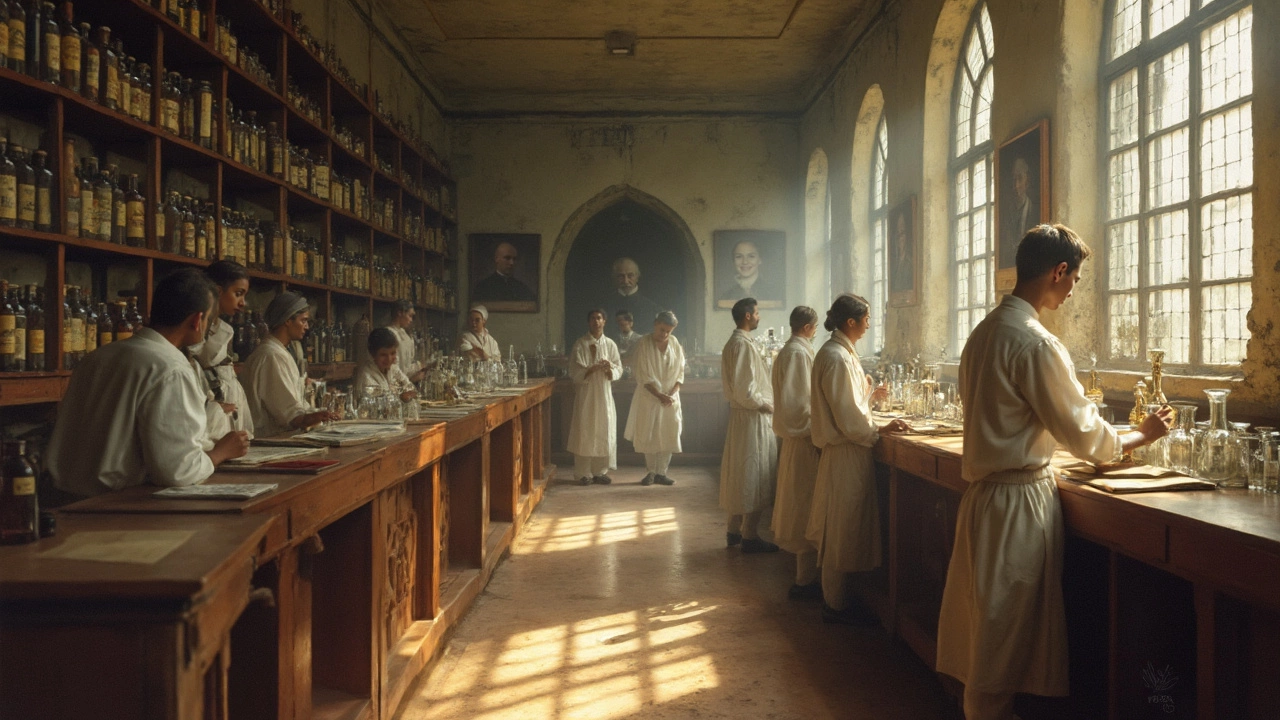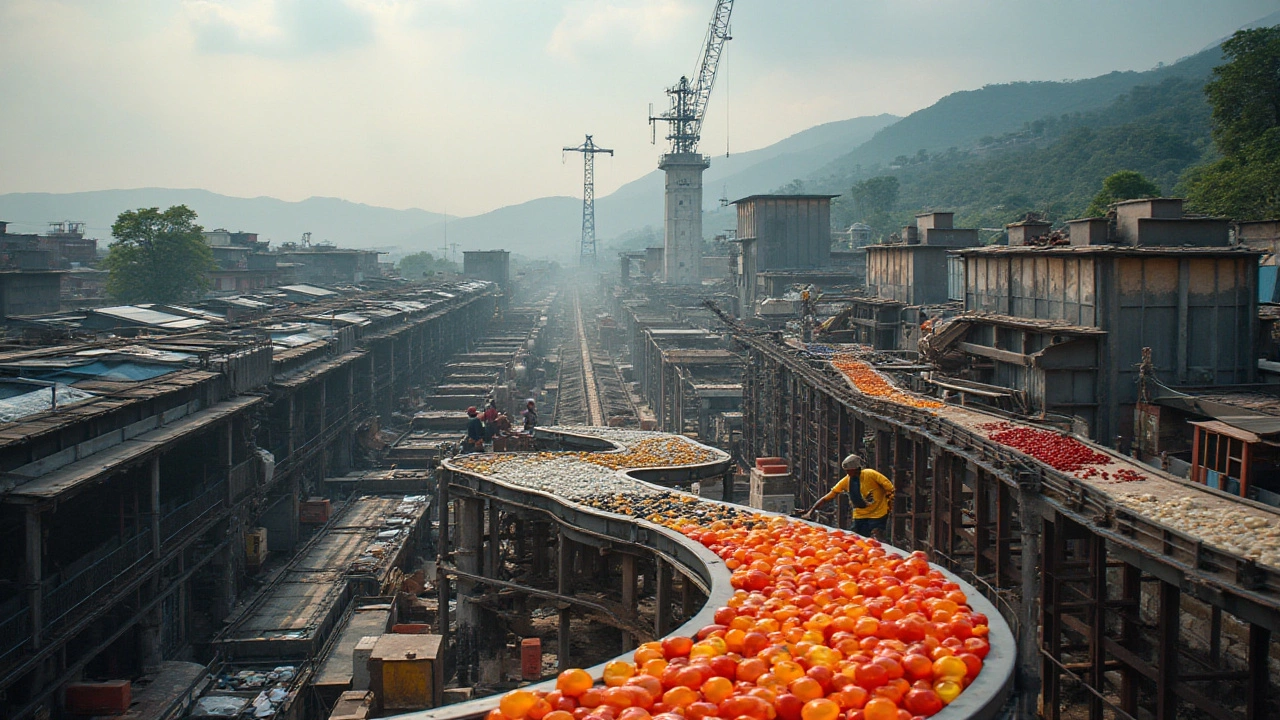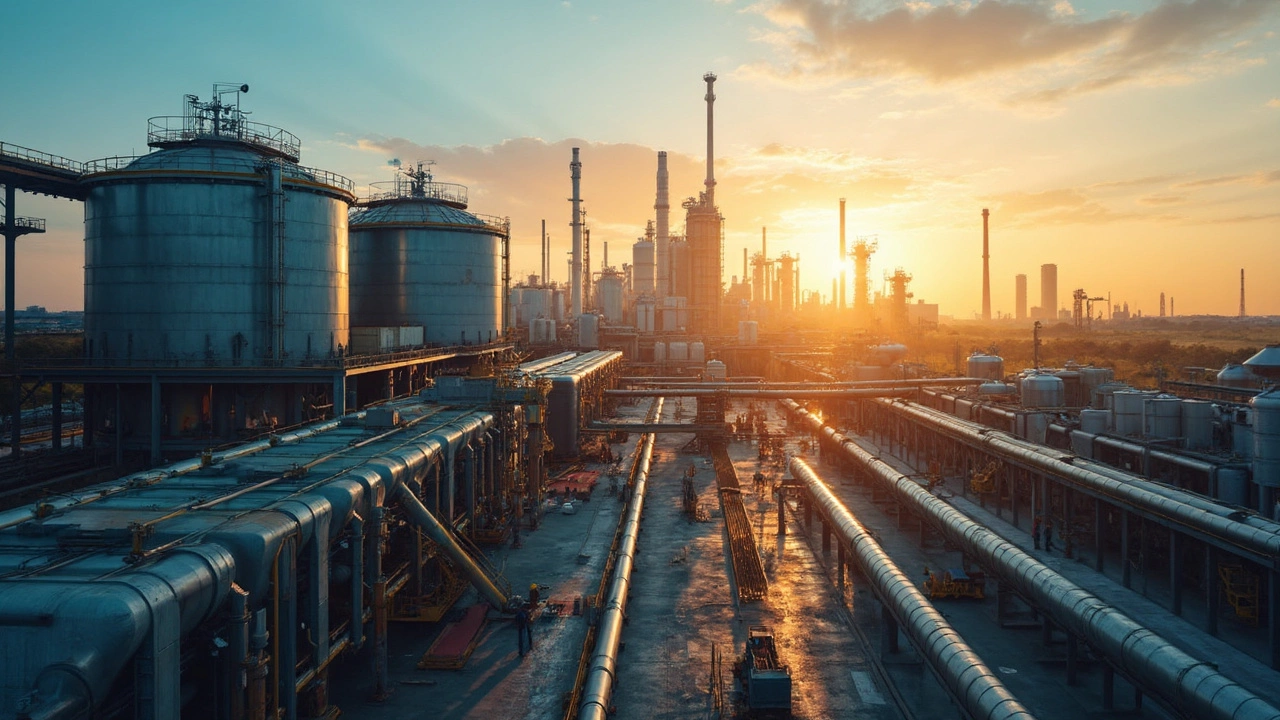Pharmaceutical Legacy: Insights and Trends
When talking about Pharmaceutical Legacy, the long‑standing impact of drug development, production methods, and market evolution that shaped modern medicine. Also known as pharma heritage, it pharmaceutical legacy links historic breakthroughs to today’s supply chains. The story wouldn’t be complete without pharmaceutical manufacturing, the set of processes that turn raw compounds into safe, effective medicines and the global pharmaceutical industry, the worldwide network of firms, regulators, and research institutions that bring drugs to market. Together they form a chain where legacy research fuels production, and production advances drive new legacy.
Pharmaceutical manufacturing is more than mixing chemicals; it’s a disciplined blend of chemistry, engineering, and quality control. Modern plants use continuous flow reactors, sterile filtration, and real‑time analytics to keep batches consistent. This level of precision stems from lessons learned during early mass‑production eras, when contamination caused costly recalls. Today, sustainability is also a key attribute—companies recycle solvents and cut energy use to honor the legacy of responsible production. By understanding these historic roots, manufacturers can adopt cleaner technologies without sacrificing output.
The global pharmaceutical industry acts as the stage where legacy plays out on a massive scale. Countries like India, the United States, and Germany lead in drug output, each leveraging unique strengths—India’s cost‑effective bulk manufacturing, the U.S.’s innovative pipeline, and Germany’s rigorous quality standards. Regulatory bodies such as the FDA and CDSCO enforce standards that preserve the legacy of patient safety. When a new molecule clears these hurdles, it adds a fresh chapter to the legacy, influencing future research and market dynamics.
Beyond production, the legacy touches economies and public health. Regions that host major pharma hubs enjoy job creation, technology spill‑over, and improved access to medicines. At the same time, legacy patents shape pricing and availability, prompting debates on affordability versus innovation incentives. Recognizing these intertwined effects helps policymakers balance support for R&D with the need for accessible treatments.
Now that we’ve laid out how historic practices, manufacturing excellence, and global industry forces intertwine, you’ll find a collection of articles below that dive deeper into each facet. From the toughest plants to grow in a desert garden to the latest trends in plastic demand, the list showcases the breadth of sustainable manufacturing and agricultural insight that informs today’s pharmaceutical legacy.
Oldest Pharma Company in India: How Bengal Chemicals Shaped the Industry
Curious about which company started it all in India's pharma scene? This article digs into the roots of the oldest pharmaceutical company in India, sharing surprising facts and tracing its influence. Discover how Bengal Chemicals kickstarted an entire industry, outlasting competitors and surviving turbulence through the decades. The story isn’t just about old medicines – it’s about resilience, big ideas, and how Indian pharma grew from one local lab to a global force. Even if you’re not a pharma buff, you’ll see why this company’s journey feels almost like folklore.
- manufacturing
- India
- food processing
- garden tips
- rice cultivation
- government schemes
- balcony garden
- urban gardening
- balcony gardening
- profitable business
- business ideas
- plastic manufacturing
- drip irrigation
- plant care
- steel manufacturing
- sustainable gardening
- startup ideas
- steel industry
- flower gardening
- textile manufacturers






